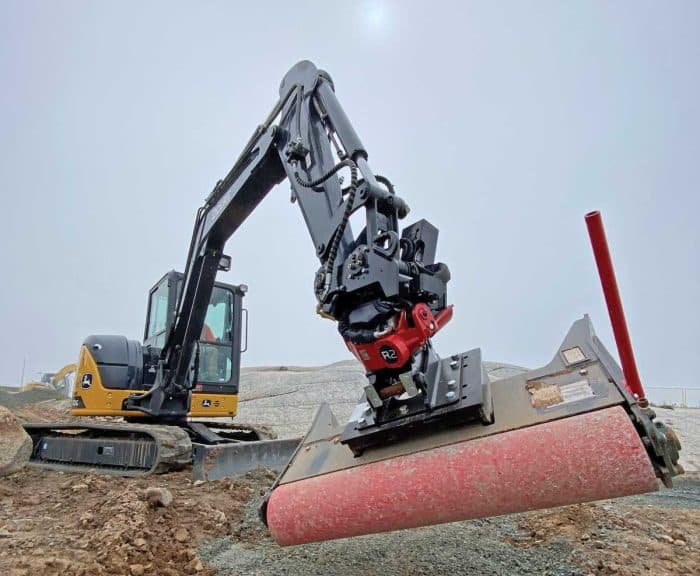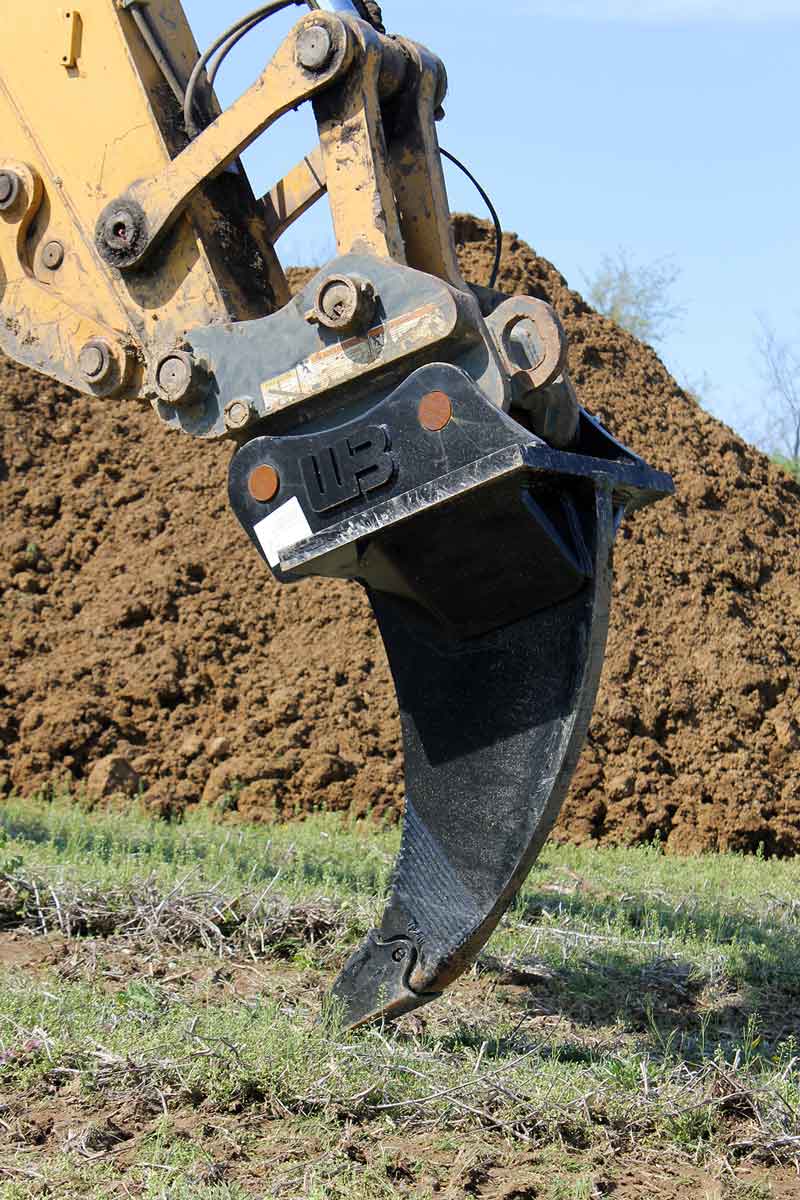Video: Rototilt’s Jim Bansen Breaks Down Tiltrotators for Compact Excavators
Tiltrotators continue to reshape how compact excavators perform on the jobsite — maximizing versatility, minimizing repositioning and multiplying profit potential. In the latest episode of Machine Heads Interviews, host Wayne Grayson sits down with Rototilt’s Jim Bansen to explore these game-changing attachments, from early innovation to practical buying advice.
From Sweden to Your Jobsite: The Rototilt Story
Rototilt didn’t just jump into the tiltrotator game — they invented it. The company’s roots date back to 1953, when Allan Jonsson started building buckets and modifying excavators in a small Swedish workshop. Fast forward to 1986, and the first Rototilt-branded tiltrotator hit the market. In the decades since, Rototilt has grown into a global force. With subsidiaries across Europe and North America, the company has diversified its products — introducing attachments and safety-focused quick couplers and embracing the Open-S standard for fully hydraulic tool exchanges.
Rototilt’s Product Line for Compact Machines

For compact excavators ranging from 1.5 to 12 metric tons, Rototilt offers two tiltrotator lines: the original R-Series and the next-gen RC-Series. Overall Rototilt offers six models for compact excavators: the R1, RC1, R2, RC2, R3 and RC3. The R1 and RC1 are sized for 1.5- to 3.5-metric-ton machines; the R2 and RC2 are for 3- to 6.5-metric-ton machines; and the R3 and RC3 cover machines that breach into the midi class of 6- to 12-metric-ton machines.
The RC-Series tiltrotators represent Rototilt’s latest and greatest models. These improve over the R-Series models with improved joysticks, the addition of proportional hydraulics and the implementation of Bluetooth connectivity that allow for remote diagnostics. Rototilt says the proportional hydraulics on the RC-Series models improve response, lessen the fuel demands on the machine and can improve fuel efficiency by as much as 30 percent over the R-Series.
Apart from those improvements, the R-Series and RC-Series are functionally identical, and each of the models we covered offers 40 degrees of tilt. Rototilt plans to keep both series around, with the R-Series serving as more basic, entry-level models and the RC-Series being their premium products.
The RC-Series brings Bluetooth diagnostics, RC Joysticks and proportional hydraulics — offering better control and up to 30 percent improved fuel efficiency. These models also include SecureLock safety features and ILS auto-lube systems as standard, meeting EN474 safety standards.
Energy Efficiency Is a Bonus
In past articles, we’ve emphasized how the “tiltrotator effect” reduces fuel use. Fewer movements mean less repositioning and lower energy consumption. According to internal Rototilt testing (via this article), its RC-Series can save up to half a gallon of diesel per hour compared to older models. The increase is because of pressure-compensated hydraulics in the RC4 through RC9. That adds up fast — especially on high-hour machines.
Tips for Picking the Right Tiltrotator

- Fit matters: Confirm compatibility with your excavator’s weight, hydraulics and coupler setup.
- Think system, not just tool: Consider joysticks, quick couplers, control software and attachments as part of a full system.
- Future-proof your fleet: Look for models that support machine control tech and have remote diagnostics. Example: The Rototilt Control system is a cool new concept consisting of the RC software system, RC joysticks, RC tiltrotators and the RC Connect app.
- Test before buying: Some dealers offer demo programs. Trying before buying helps justify the investment.
- Get Some Training: Tiltrotator controls are more complex than normal excavator controls. They often come with their own joysticks. Get someone to show you the ropes.
Is It Worth It?

A tiltrotator can cost 30 to 50 percent of the excavator’s price, but contractors often see ROI in under 1,500 hours. Jobs get done faster. Crews shrink. Fuel bills drop. And your compact excavator becomes a multitasking powerhouse. Watch the full interview with Jim Bansen above, and then jump over to our YouTube page to subscribe for more insights into the evolving world of compact equipment.
Keith Gribbins is publisher of Compact Equipment.




